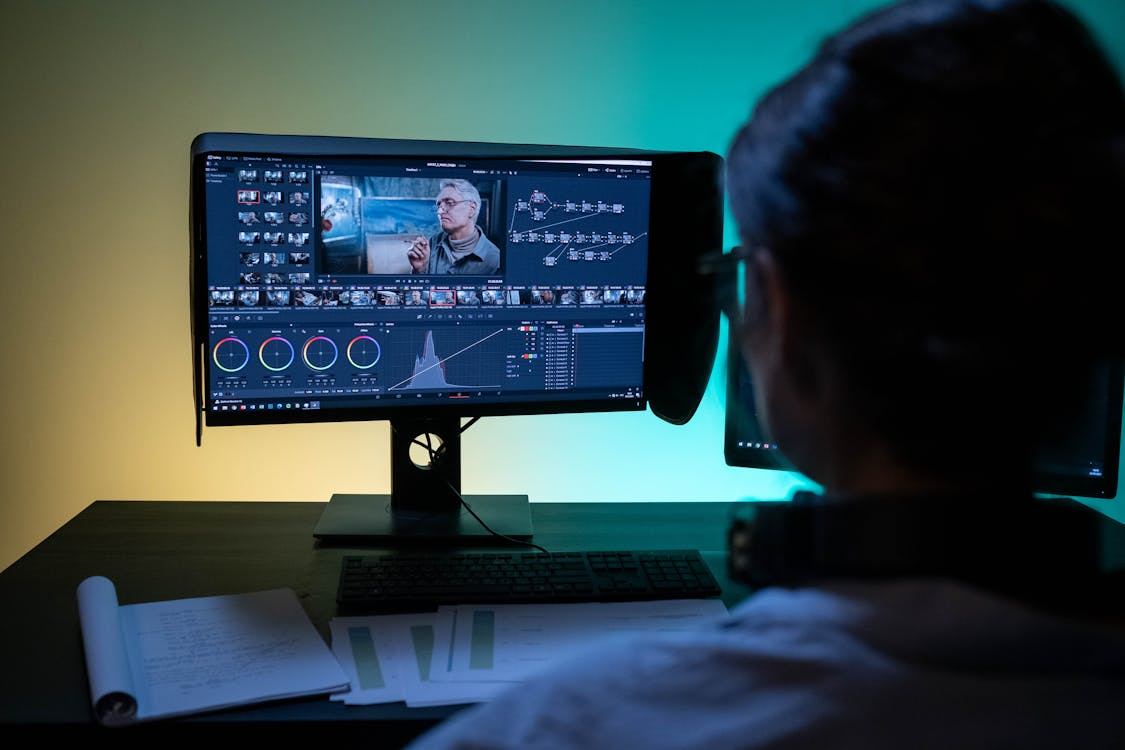The wave of short drama expansion overseas is surging, and how to stand out in the fiercely competitive market has become a critical issue for short drama producers.
Some producers opt to save costs and improve efficiency by using machine-translated subtitles and low-quality dubbing to reduce per-series expenses, thereby quickly allocating more resources to new productions. They pin their hopes on rapidly releasing a large volume of dramas to capture market share through massive scale.
On the other hand, quality-focused producers tend to invest more in localization, hiring professional translators for subtitles and skilled voice actors for dubbing. Additionally, they strive for technical improvements, such as enhancing audio-visual synchronization, to create high-quality dramas that better resonate with audiences.
This raises a core question: between cost-saving and high-investment strategies, which one offers a better return on investment(ROI)?
While machine translation is highly efficient and capable of processing large volumes of subtitles in very little time, it often struggles with culturally nuanced content, leading to errors and omissions.
Similarly, low-quality AI dubbing, though fast and inexpensive, frequently suffers from issues such as out-of-sync audio, lack of emotional expression, and mismatched voice tones. Thus, cheap translation and dubbing may create an illusion of success while concealing significant hidden costs.
Poor localization not only influences viewing experience but also results in audience attrition, reduced willingness to pay, and even negative reviews. Such feedback can further deter potential viewers, creating a vicious cycle that damages brand reputation in the long term.
More critically, users may develop a negative perception of the entire platform, making it difficult to regain their trust even with future high-quality content, leading to a permanent loss of market opportunities.
In contrast, investing in high-quality localization often yields returns far exceeding the costs. First, professional human proofreading is applied on top of machine translation, focusing on cultural adaptation, emotional delivery, and localization of trendy expressions.
Second, voice performances by professional actors are emotionally engaging, well-suited to the characters, and carefully synchronized. Third, strict quality control processes, multiple rounds of review, and dedicated localization teams ensure consistent output.
Although this approach requires more funding and time, dramas centered around user experience are what truly win the hearts of overseas viewers. Smooth narrative comprehension and emotional resonance boost completion rates and payment conversions, while a high-quality experience increases subscription renewal rates.
In the long term, excellent content and positive word-of-mouth enhance brand competitiveness and contribute to sustainable user growth and business returns.
In summary, producers should not only focus on initial production costs but also prioritize long-term metrics such as completion rate, subscription renewal rate, and brand reputation. A balanced consideration of both aspects is essential in formulating an effective localization strategy.
Furthermore, a tiered localization approach can be adopted based on a drama’s potential, allocating different subtitles and dubbing resources to different tiers of dramas, thereby balancing cost efficiency with audience satisfaction.
Amid the intensifying competition in the short drama overseas market, emphasis should be placed on localization quality to attract and retain users with compelling content, rather than solely pursuing quantity.
Every dollar invested in subtitles and dubbing will pay dividends in user loyalty and market position in the future.
Artlangs Translation delivers professional language solutions, including multilingual translation, localization, and culturally adaptive services. We prioritize quality, leveraging native-speaking experts and systematic processes to ensure accuracy and style consistency.
From business and technical documents to creative content, we are committed to helping clients overcome language barriers and achieve effective, trustworthy global communication.











